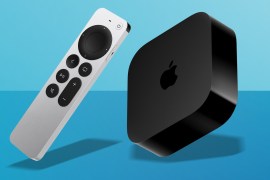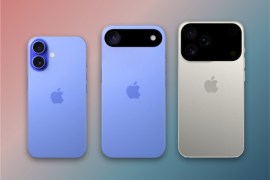Apple iPad Air (2020) vs iPad Pro: Which should you buy?
Does the colourful new Air actually best the pricier Pro?
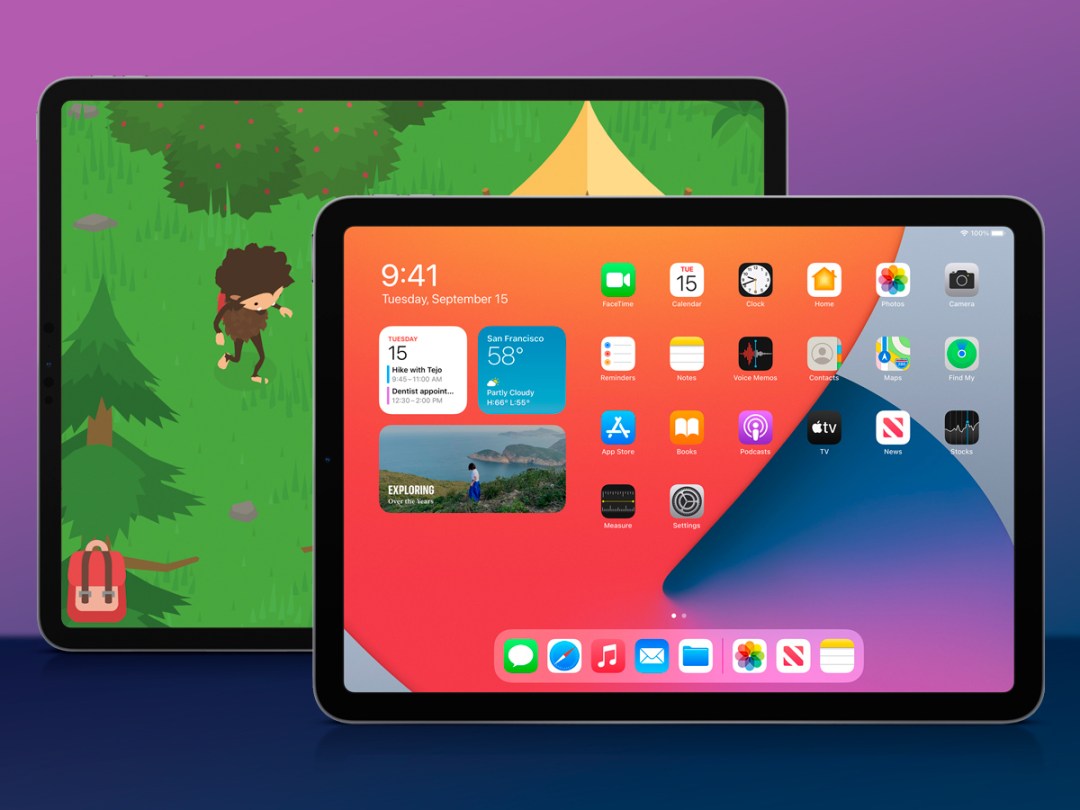
While we didn’t get the much-anticipated iPhone 12 at this week’s Apple streaming event, we did get new iPads and Apple Watches in the mix.
And amongst the new tablets, it was the refreshed iPad Air that definitely stole the show. Upgraded with the design of the pricier iPad Pro but available in various colour options, the iPad Air makes a more compelling case as the middle child of the line than the previous edition.
What about the Pro, then? On paper, the iPad Air seems to replace the existing iPad Pro 11 in the lineup, but there are some key differences between them. Here’s a look at how they vary and which might be best suited for your needs.
Design: A touch of colour
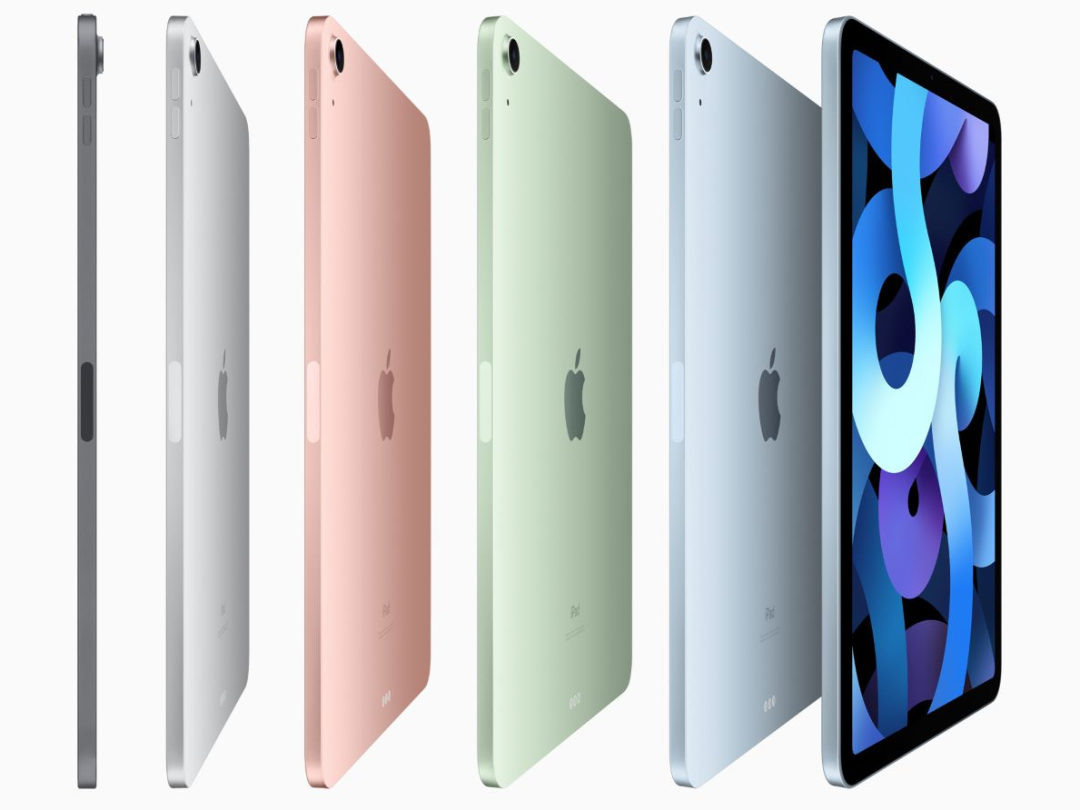
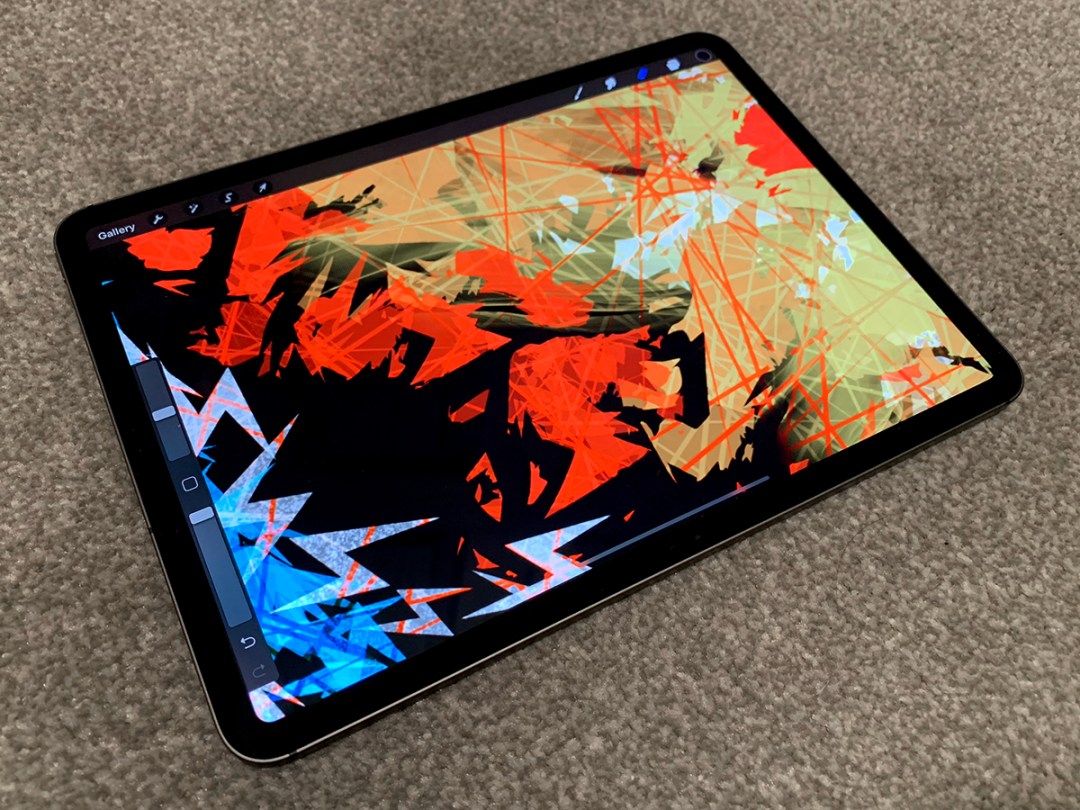
The old iPad Air still largely kept the classic Apple tablet aesthetic, albeit with slimmer bezels, but it paled in comparison to the boxier, all-screen look of the iPad Pro (2018 model shown). Now, the iPad Air is basically identical to the Pro.
But there’s an obvious difference, of course: while the Pro only comes in Silver and Space Gray, the iPad Air adds Rose Gold, Sky Blue, and Green to that list. These brighter options seem aimed at a wider, less-professional audience (given the naming of the tablets too), and are a nice breath of fresh air for Apple tablets.
In terms of dimensions, the iPad Air and iPad Pro 11 are now nearly identical. There’s a smidge more bezel on the iPad Air thanks to its 10.9in screen compared to 11.0in on the iPad Pro, and the back camera module is much smaller on the Air too.
Also, interestingly, Apple has brought Touch ID back from the dead for the iPad Air via the power button on the frame, rather than put in a Face ID module (which the Pro has). The iPad Air also has half the speakers at two versus four on the Pro, but now they’re positioned to be more ideal for landscape usage. We’ll see how that works out when using the iPad in portrait.
Screen: ProMotion or no?
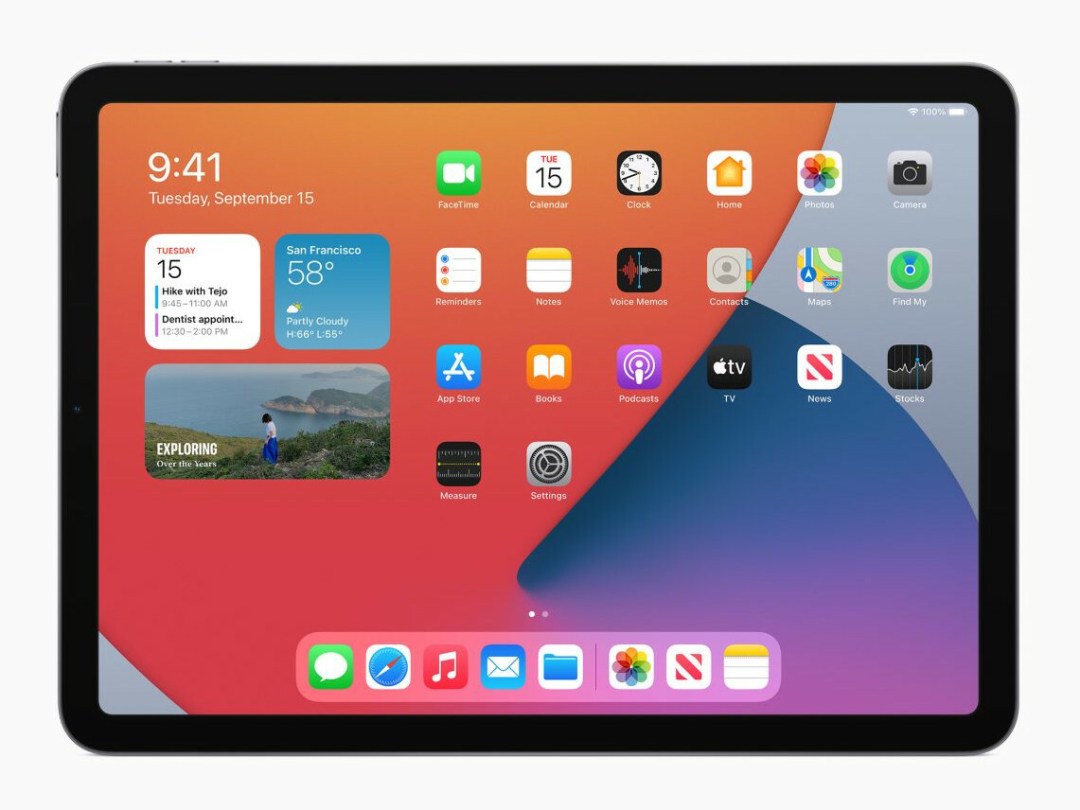
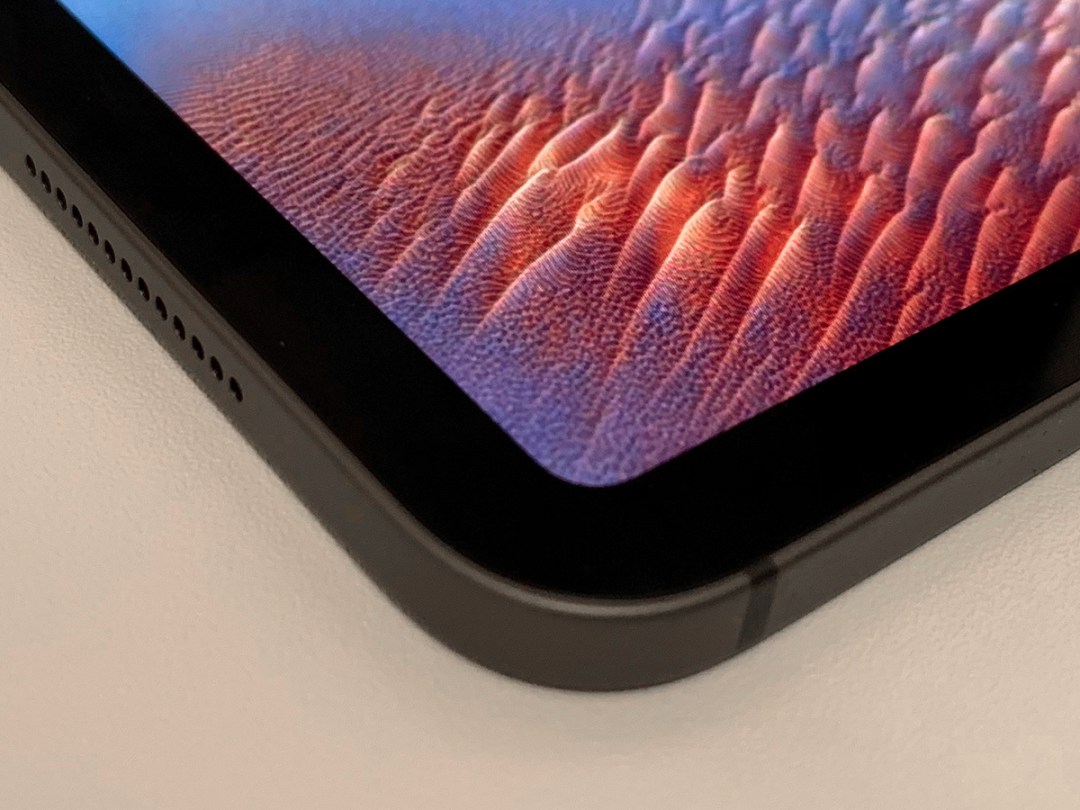
Beyond that 0.1in size difference, the two screens might seem roughly identical at a glance. Both land at a solidly crisp 264 pixels per inch (ppi) with a very slight resolution difference to account for the physical size, and both are Liquid Retina displays with oleophobic and antireflective coating.
The iPad Pro’s screen gets brighter though, at 600 nits vs 500 nits, and it also has one other big advantage: ProMotion, which adapts the refresh rate up to 120Hz (up from the standard 60Hz) for smoother movement and animation. It’s a big difference that you have to see in action.
Early rumours suggested that the incoming iPhone 12 models would have the same feature, but now the rumour mill has sadly turned against that point. In any case, the iPad Pro has it and the iPad Air does not.
Camera: Keep it simple
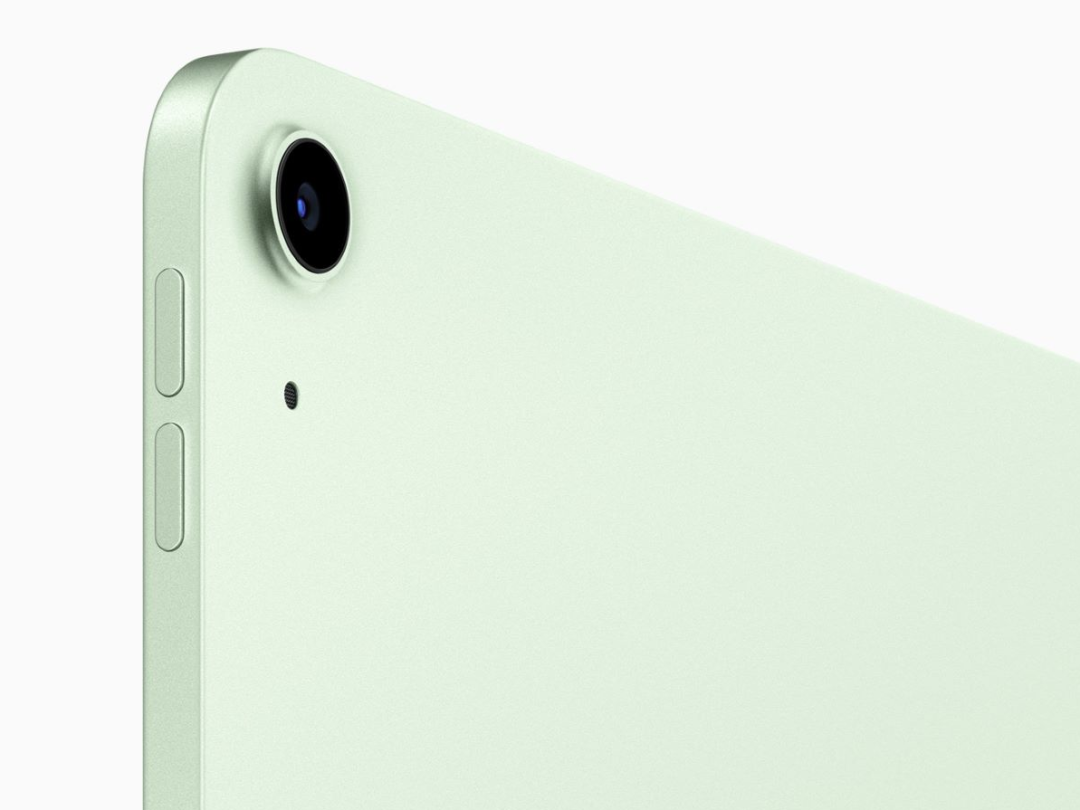
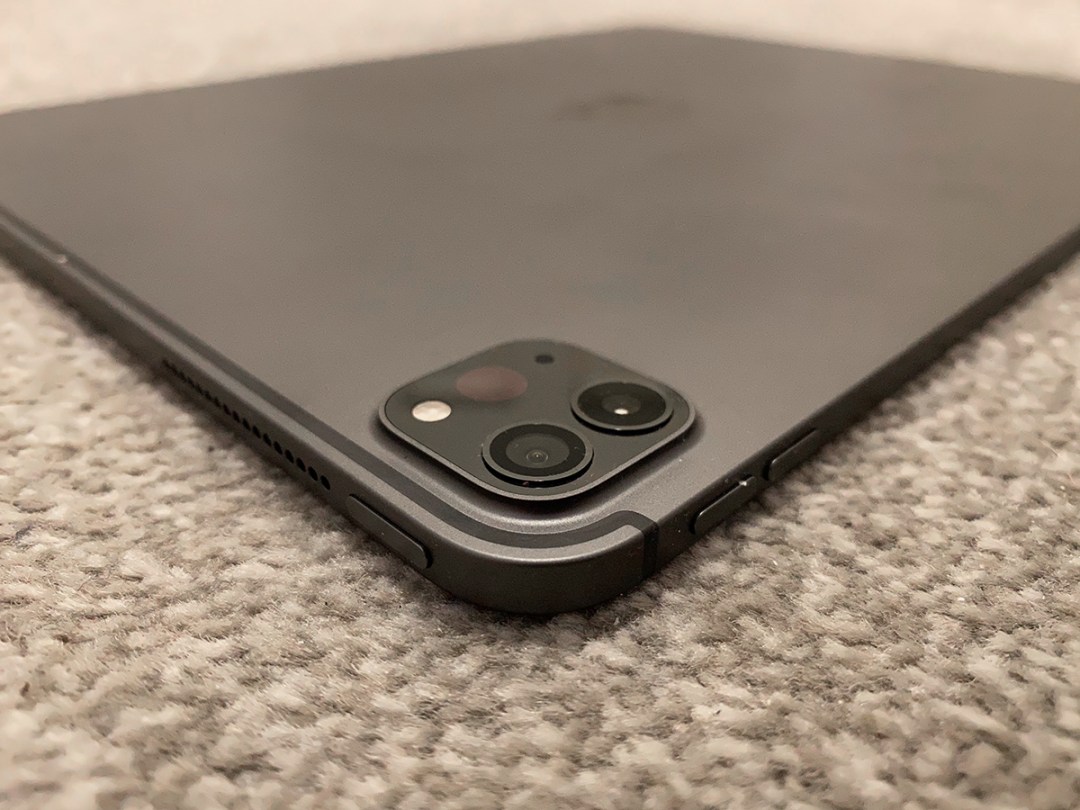
The iPad Air has a single 12-megapixel rear camera, while the iPad Pro has that alongside a 10MP ultra-wide camera. The iPad Pro’s dual-camera system unlocks portrait photos with blurred backdrops and bokeh effects, but the Pro also has the LIDAR camera that enables super-impressive augmented reality effects.
By contrast, the iPad Air seems pretty ordinary on the camera front, which may be just fine for those of you who wouldn’t think to grab your iPad to take a snap. And with Face ID missing on the front, too, the Air just isn’t meant to be a camera wiz on either end.
(iPad Pro 12.9 shown at right)
Performance: Newer and faster
The iPad Air marks the debut of Apple’s A14 Bionic chip, its first-ever processor created with a 5nm process for jamming in 11.8 billion transistors. It promises upwards of 40% better performance than the previous-generation 7nm chips.
But the iPad Pro, last updated in the spring, sticks with an older A12Z Bionic chip. It’s a very powerful processor, and the eight-core A12Z structure could have certain benefits compared to the six-core A14.
Ultimately, however, the significant boost in raw processing power should have the A14 Bionic ahead in benchmark tests and overall snappiness. It’s curious that Apple didn’t quietly add the A14 Bionic to the iPad Pro this week too.
Also Read › WTF is Apple One?
Battery and perks: Storage split
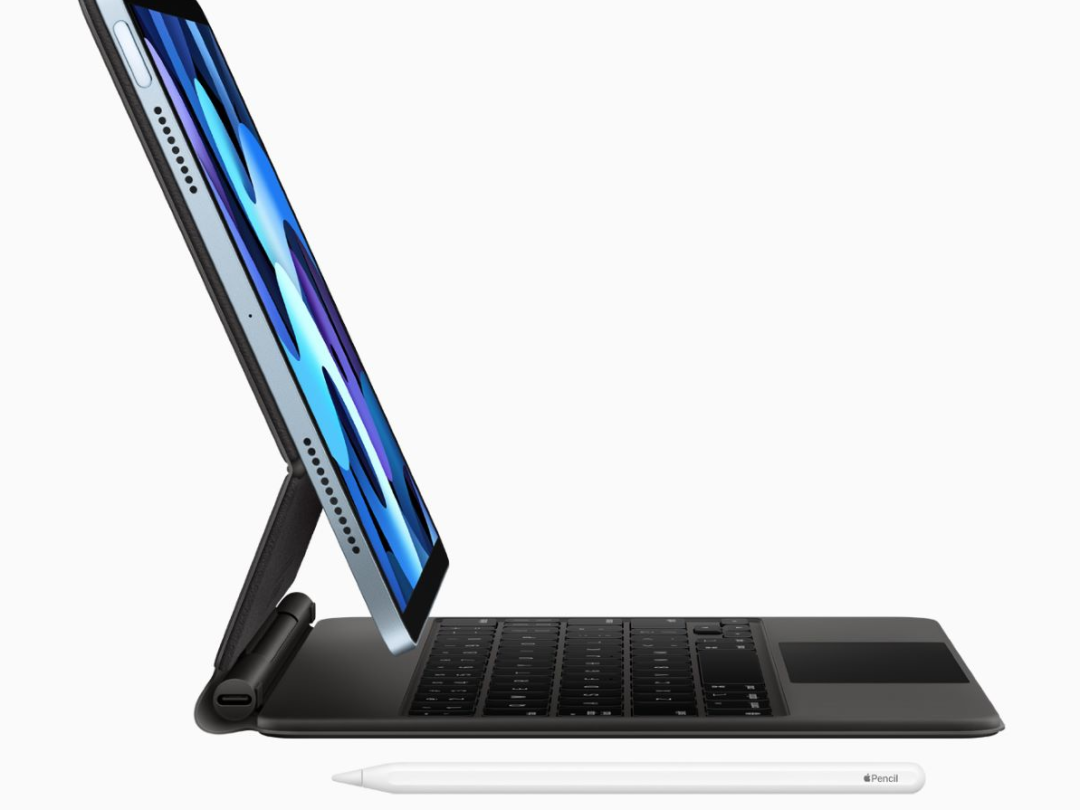
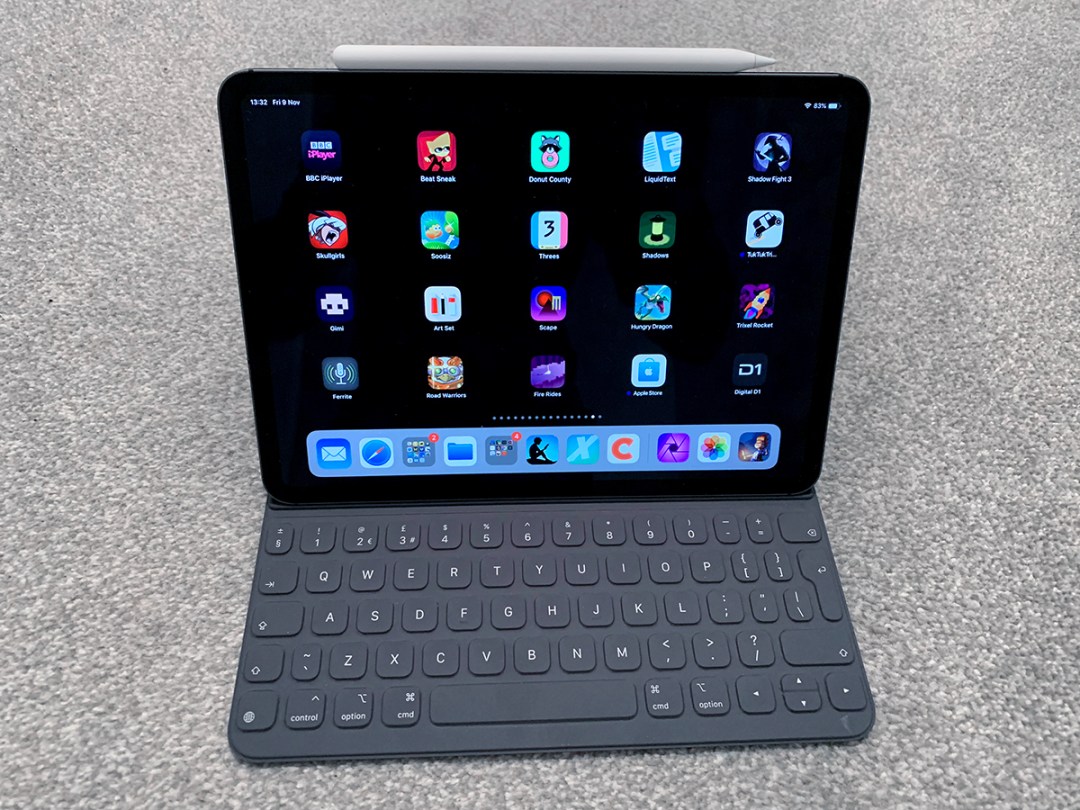
Both the iPad Air and iPad Pro hit the same 10-hour battery life target that Apple always touts for its tablets, so we don’t expect much of a difference in everyday usage there.
The iPad Pro does have a significant advantage when it comes to storage, however. It starts at 128GB and ranges all the way up to a very meaty 1TB of space – but the iPad Air keeps things casual with 64GB in the base unit, and just a 256GB option otherwise.
Otherwise, both of these iPads support the second-generation Apple Pencil and Apple’s keyboard cases, so they can both do a great sketchbook and/or laptop impression.
Initial verdict: It’s a curious one
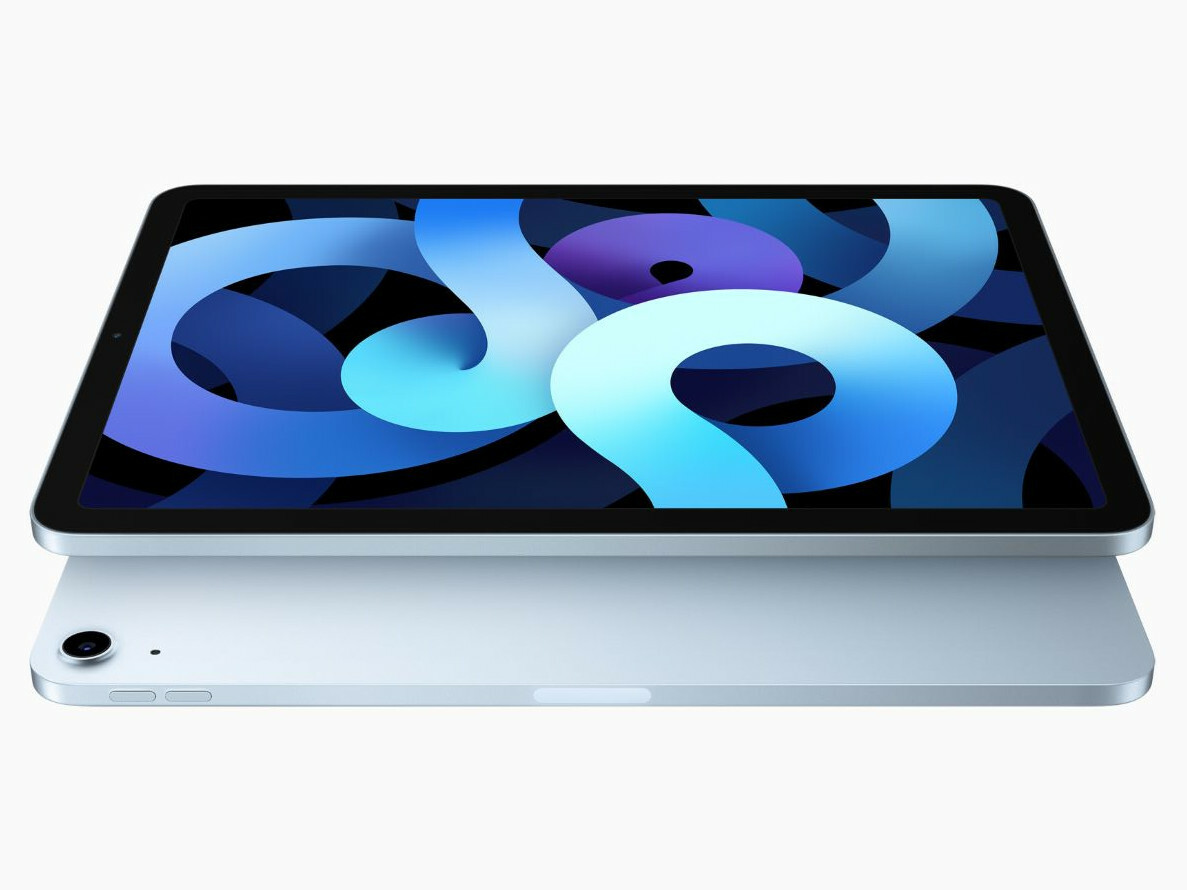
With the Pro sitting out this week on the upgrade front, Apple muddled the waters when it comes to the current iPad lineup. This isn’t the first time that’s happened, but in this case, it makes the iPad Air seem like a better option than the pricier iPad Pro 11in model for what we’d guess are the vast majority of users.
There are still Pro benefits that you don’t get with the Air, such as the ProMotion display, LIDAR sensor, additional speakers, and significantly larger storage capacities. Some of those features are more niche than others, but die-hards might not want to do without.
But ultimately, the iPad Air looks nearly identical to the iPad Pro and adds fresh colour options, has the faster and newer processor, and starts at £190 less. For the average tablet user who wants more than the standard (and newly-refreshed) iPad, the iPad Air at £579+ seems like a better option than the £769+ iPad Pro.

